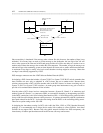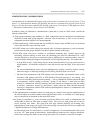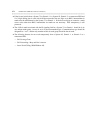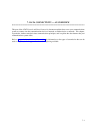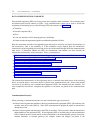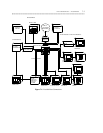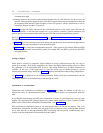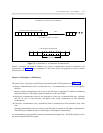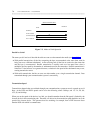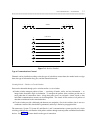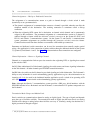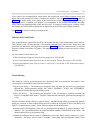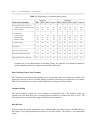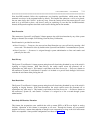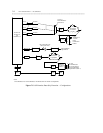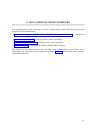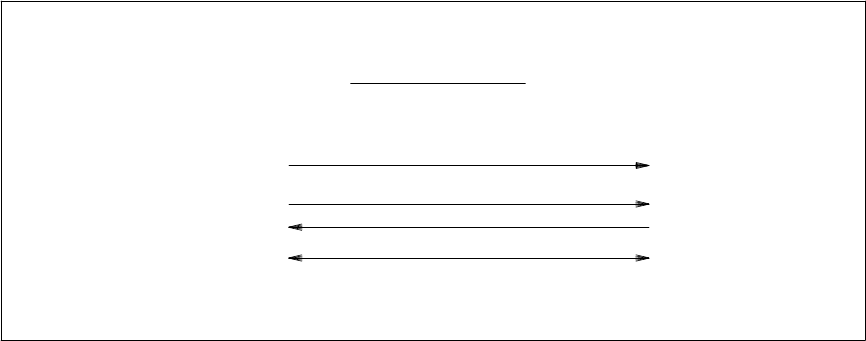
7-6 DATA CONNECTIVITY — AN OVERVIEW
_ ___________________________________________________________________________________________________________________________
_ ___________________________________________________________________________________________________________________________
_ ___________________________________________________________________________________________________________________________
•
•
RECEIVE
SEND
MODES OF OPERATION
FULL DUPLEX
HALF DUPLEX
(TURNAROUND)
SIMPLEX
Figure 7-3. Modes of Link Operation
Parallel vs. Serial
The terms parallel and serial describe how bits are sent over the transmission media (see figure 7-4).
• With parallel transmission, all the bits composing the byte are transmitted at the same time, each bit
being sent over a different subchannel. At the receiving end, all the bits are received at the same time
and the byte is reconstructed. Parallel transmission is usually used over low-speed lines since it
multiplies the line speed by the number of subchannels used in the connection. Parallel transmission is
limited to 17 feet because, over greater distances, variations in the speed of the subchannels may occur,
causing transmission errors.
• With serial transmission, the bits are sent, one after another, over a single transmission channel. Data
transmitted through your communications system is sent serially.
Transmission Speed
Transmission channels that are switched through your communications system can travel at speeds up to 64
kbps. At the DTEs and DCEs speeds can be set to the following values: 300 bps, and 1.2, 2.4, 4.8, 9.6,
19.2, 56, and 64 kbps.
When you set the speed of the devices in a link, you should remember than the link speed is limited by the
slowest device in the transmission path. Therefore, all devices in the transmission path should be set to the
speed of the slowest device. This prevents data loss resulting, for example, from a DTE that runs faster
than the DCE with which it communicates.



